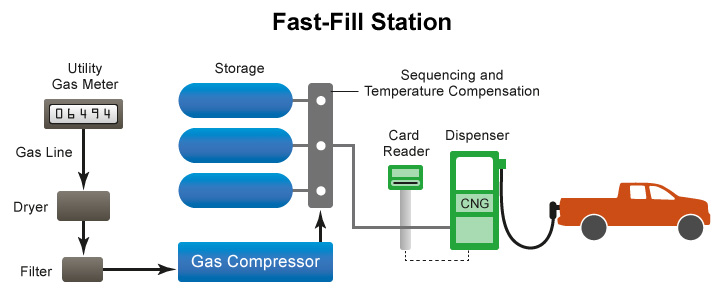The ideal approach to utilizing predictive maintenance models in the oil and gas industry involves a systematic and data-driven strategy to forecast equipment failures and schedule proactive maintenance. Here's a step-by-step plan to implement predictive maintenance effectively:
-
Data Collection and Integration:
- Gather data from various sources, including sensors, equipment logs, historical maintenance records, and other relevant sources. Ensure data is accurate, complete, and accessible.
-
Data Preprocessing and Cleaning:
- Clean and preprocess the data to remove noise and inconsistencies, standardize formats, and ensure data quality.
-
Data Storage and Management:
- Set up a centralized data repository or data management system to store and organize the data efficiently, allowing easy access for analysis.
- Set up a centralized data repository or data management system to store and organize the data efficiently, allowing easy access for analysis.
-
Select Appropriate Predictive Maintenance Models:
- Choose predictive maintenance models that suit your specific equipment and operations. Common models include:
- Regression Analysis: Predict failure based on historical data.
- Machine Learning Algorithms: Use algorithms like Random Forest, Decision Trees, and Neural Networks to detect patterns indicative of equipment failure.
- Time Series Analysis: Analyze historical data to identify trends and anomalies.
- Anomaly Detection: Identify deviations from normal equipment behavior.
- Prognostics and Health Management (PHM): Predict remaining useful life of equipment.
- Failure Mode and Effects Analysis (FMEA): Assess potential failure modes and their impacts.
- Choose predictive maintenance models that suit your specific equipment and operations. Common models include:
-
Feature Engineering:
- Identify and select relevant features or variables from the data that can be used as inputs to your predictive maintenance models.
- Identify and select relevant features or variables from the data that can be used as inputs to your predictive maintenance models.
-
Model Training:
- Train your selected predictive maintenance models using historical data. Fine-tune the models to optimize their performance.
-
Real-time Data Integration:
- Implement real-time data integration and monitoring to continuously feed data to the predictive maintenance models.
-
Threshold Setting:
- Define thresholds and criteria for predicting equipment failures. These thresholds may vary based on the equipment and its criticality.
-
Alert and Notification System:
- Implement an alert and notification system that triggers alerts when the predictive maintenance model identifies potential equipment failures.
- Implement an alert and notification system that triggers alerts when the predictive maintenance model identifies potential equipment failures.
-
Maintenance Planning:
- Develop a proactive maintenance plan that specifies the actions to be taken when equipment is predicted to fail. This plan should include scheduling maintenance, allocating resources, and ordering spare parts if necessary.

-
Spare Parts Inventory Management:
- Maintain an optimized inventory of spare parts to minimize downtime during maintenance.
-
Condition Monitoring Sensors:
- Install additional sensors for real-time monitoring to provide more data inputs to the predictive maintenance models.
-
Continuous Model Improvement:
- Continuously monitor the performance of your predictive maintenance models and refine them as new data and insights become available.
-
Collaboration and Training:
- Train maintenance personnel and relevant staff on the new maintenance procedures and tools, ensuring that they understand and trust the predictive maintenance system.
-
Performance Evaluation:
- Regularly assess the performance of the predictive maintenance system by tracking downtime reduction, cost savings, and improvements in asset utilization.
-
Feedback Loop:
- Establish a feedback loop for continuous improvement, incorporating lessons learned and applying them to refine the predictive maintenance models and procedures.
-
Data Security and Privacy:
- Ensure the security and privacy of sensitive data and implement appropriate access controls and encryption.
By following this approach, oil and gas companies can proactively forecast equipment failures, schedule maintenance, reduce downtime, and optimize asset utilization, ultimately leading to cost savings, improved operational efficiency, and enhanced reliability of critical equipment.





